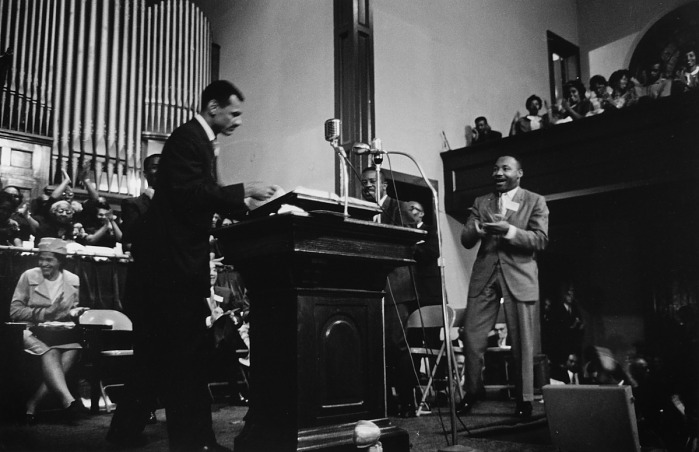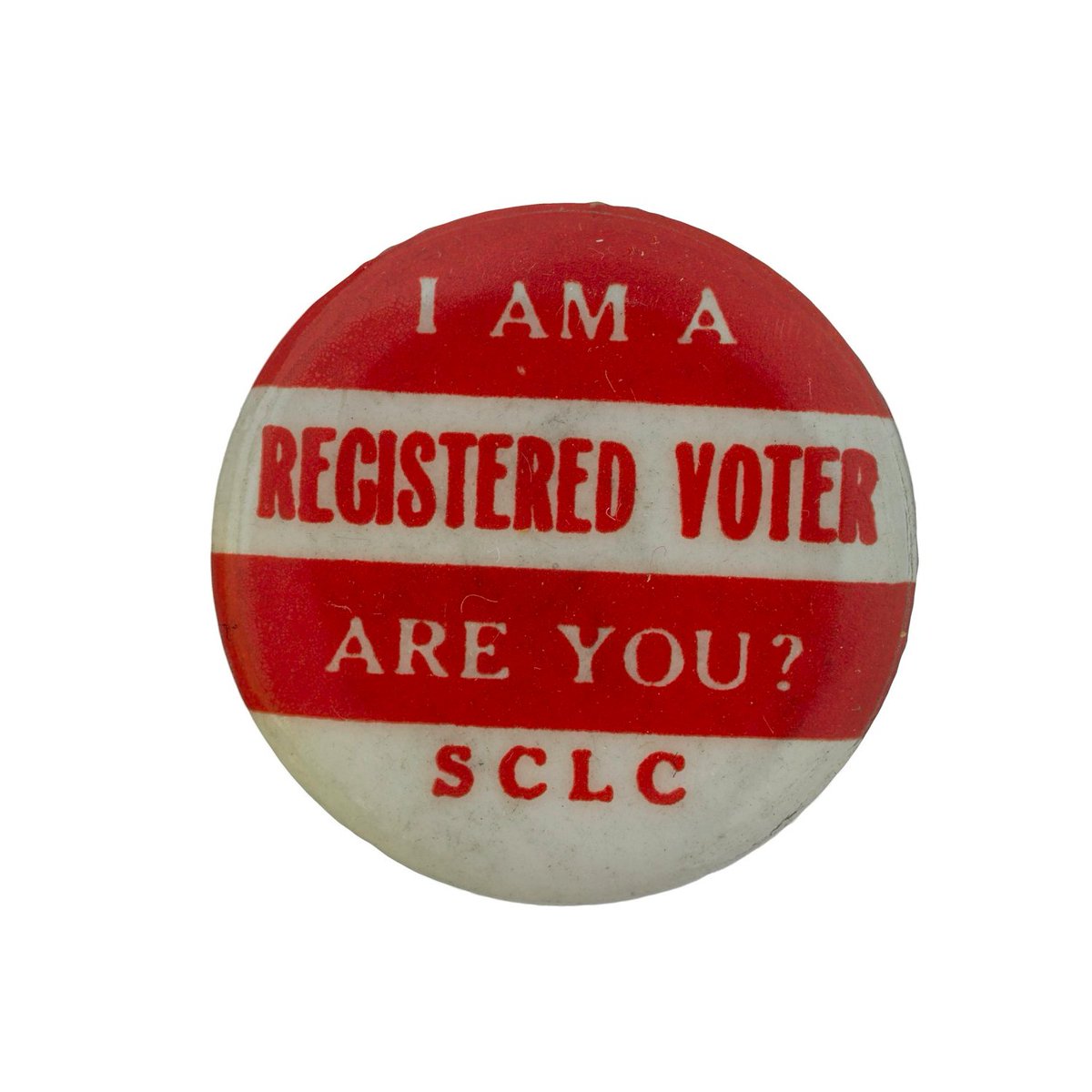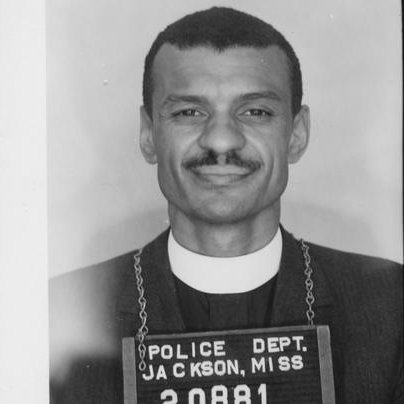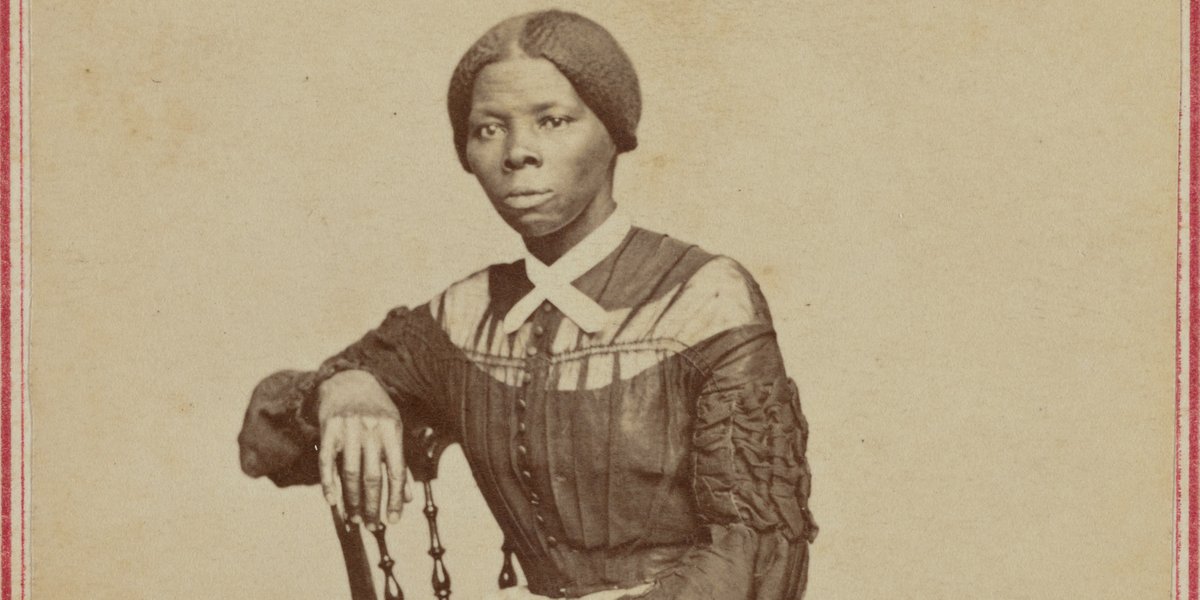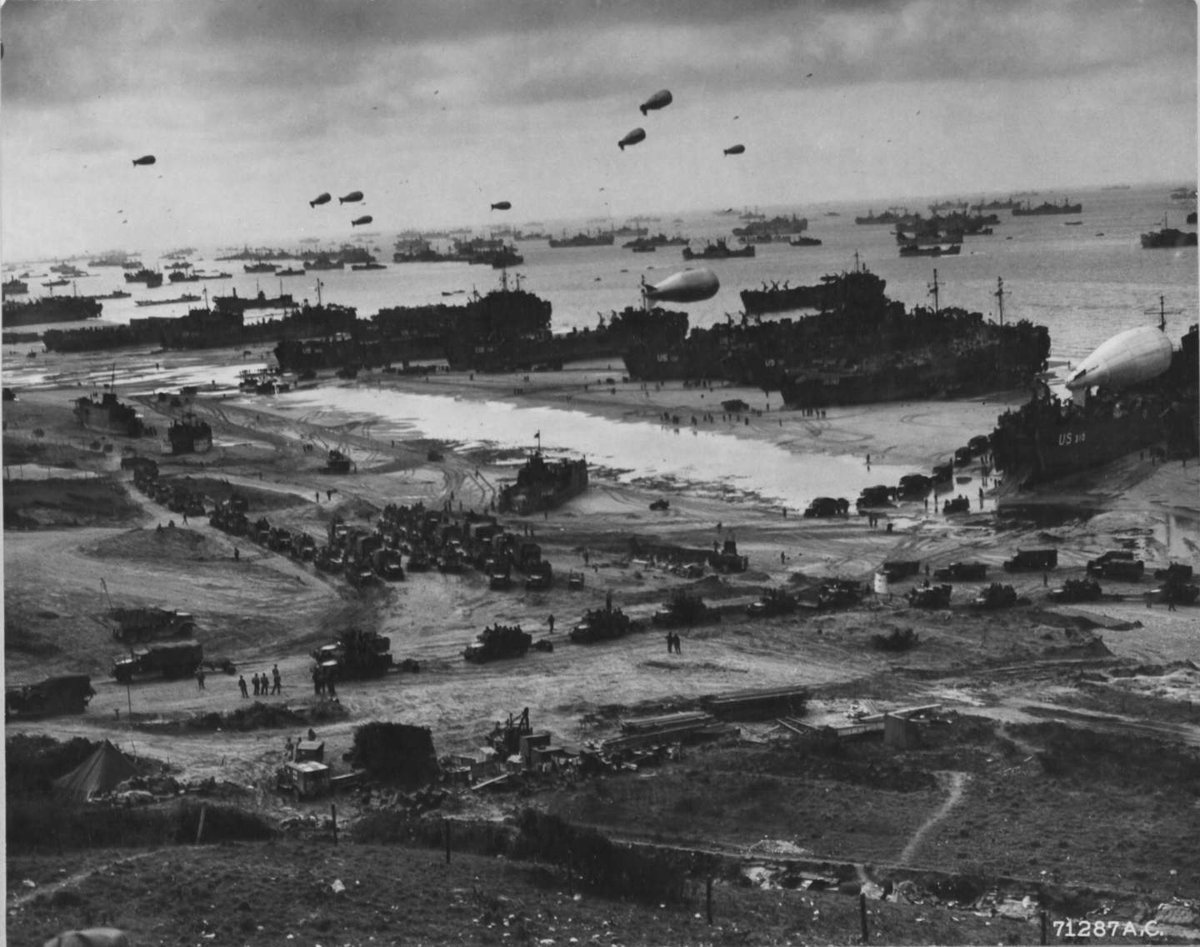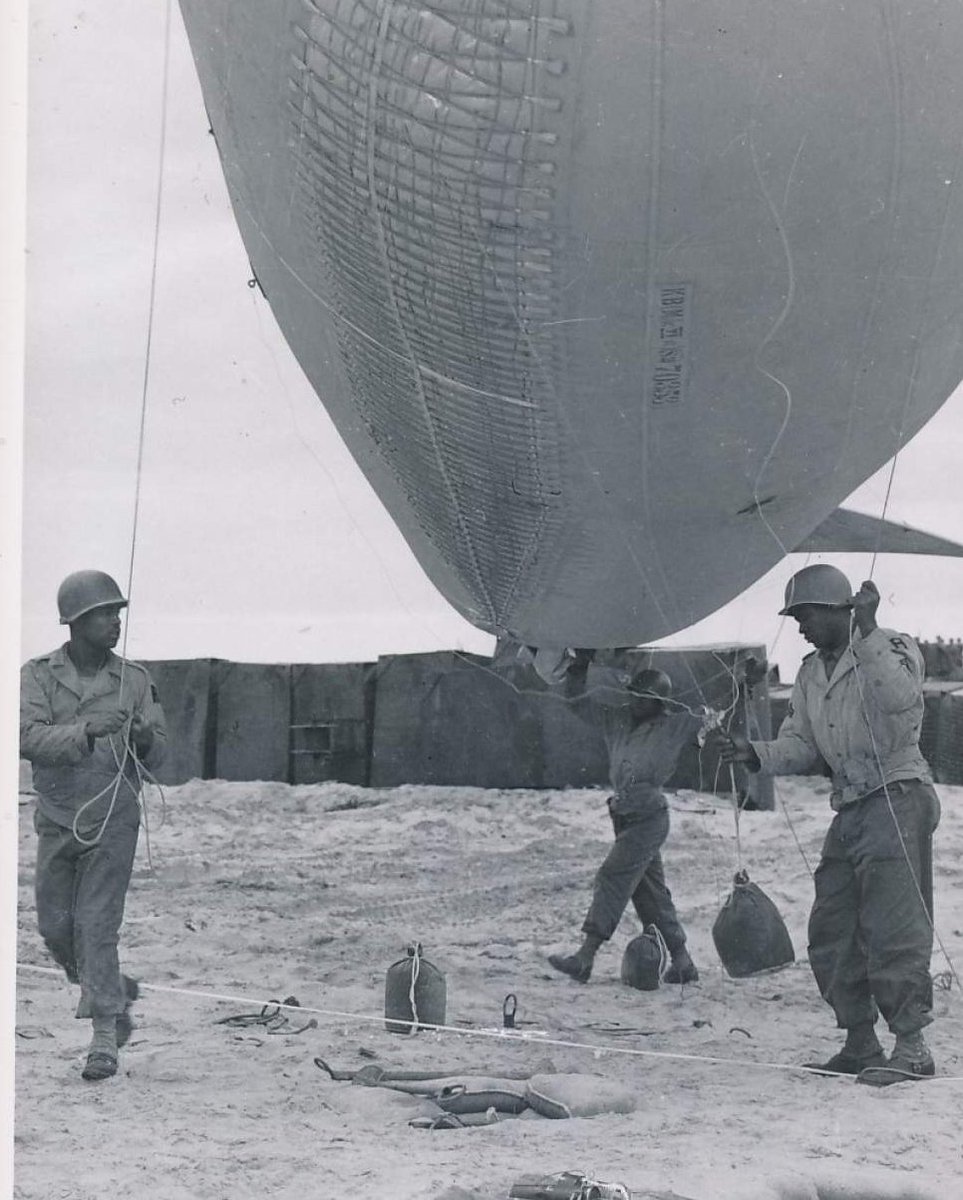
Tune in to our Cooking Up History demonstrations during #SmithsonianFood History Weekend (Oct. 15–17) for recipes & wisdom from chefs who are helping build a more sustainable, healthy food future, while honoring traditions from the past: s.si.edu/SmithsonianFood
A sneak peak⬇️
A sneak peak⬇️
Join chef Nico Albert (Cherokee Nation) on Oct. 16 to learn how to forage for sumac, an ingredient that is so important in her traditional cuisine. She'll show you how to prepare sumac-crusted trout with a healthy side of sauteed seasonal mushrooms & greens. #SmithsonianFood 

On Oct. 17, watch chef Jocelyn Ramírez prepare a dish that has sustained many generations, Las Tres Hermanas en Chipotle. As she cooks, she'll speak about the critical use of permaculture, past and present, in indigenous Mexican foodways. #SmithsonianFood 

On Oct. 17, chef Haile Thomas will share the health and environmental benefits of adopting a plant-based diet, while speaking about her work as a youth activist. She’ll be making creamy beet spaghetti and garlicky greens from her new cookbook, “Living Lively.” #SmithsonianFood 

• • •
Missing some Tweet in this thread? You can try to
force a refresh





